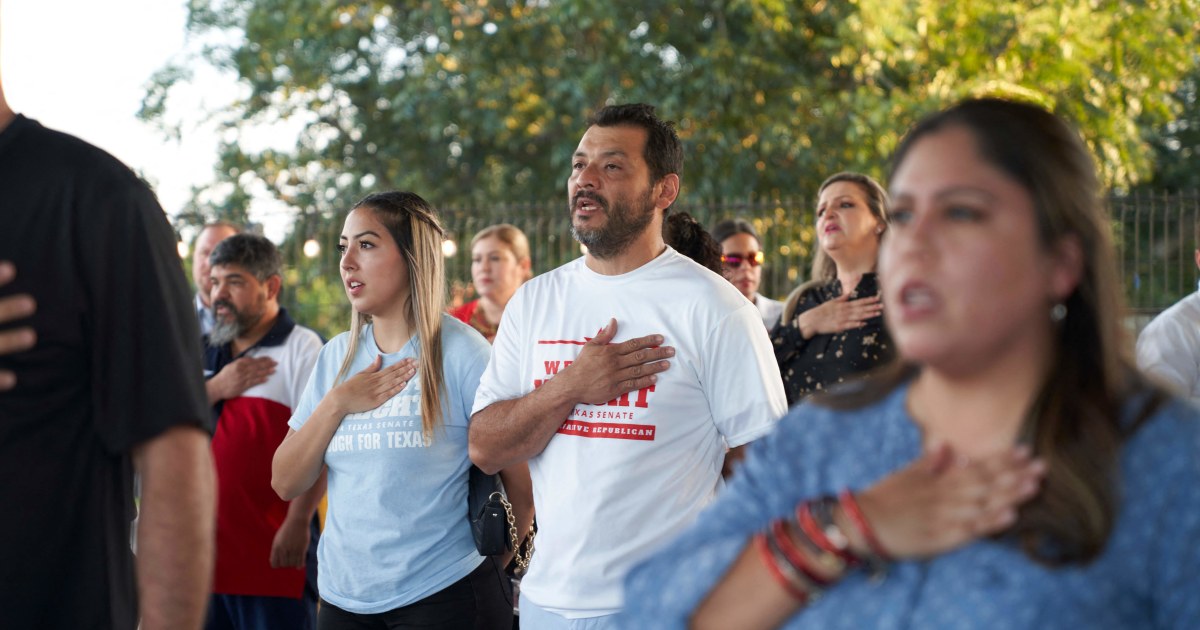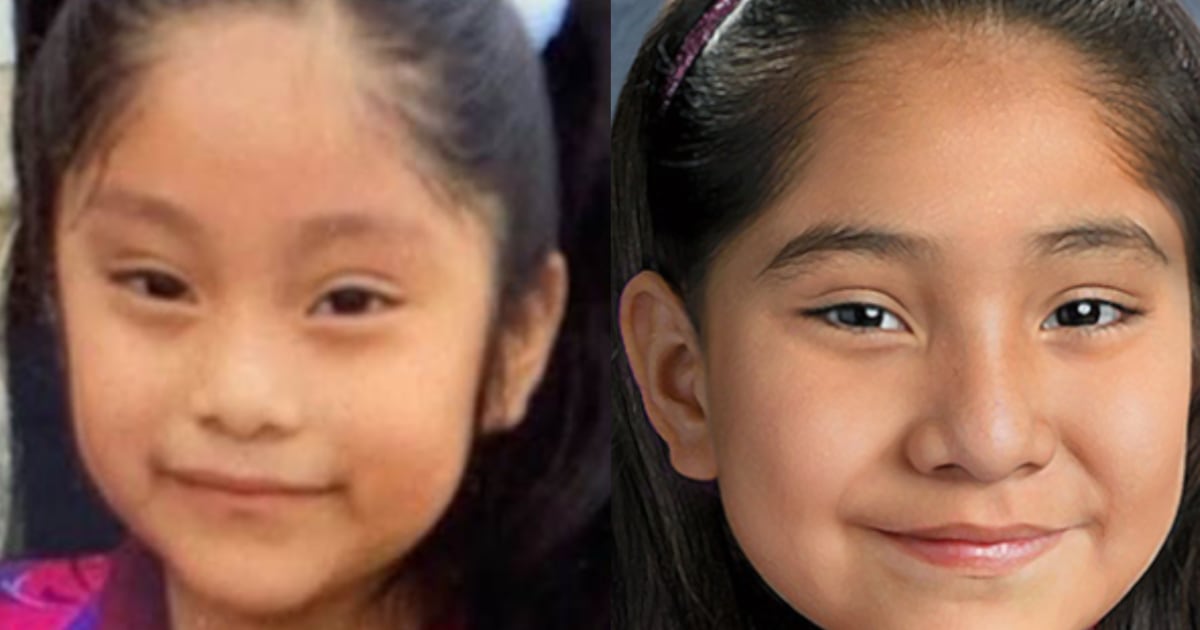A group of women dance during the La Guelaguetza festival, in Oaxaca, on July 23, 2018. Arturo Pérez / CUARTOSCURO
Someone insistently reminded me that the musical instruments so characteristic of the Mixe, Zapotec and Chinantec philharmonic bands in the northern highlands of Oaxaca were European objects and that, in a demystifying tone, little was left of the greatness of the indigenous peoples and their pre-Hispanic originality. At his insistence, I wondered how pre-Hispanic indigenous peoples would have to be today in order to meet the minimum criteria of originality expected of us: Is it enough to currently maintain elements that the Mixe people had five minutes before disembarking? of Hernán Cortés? Or is it preferable to exhibit elements and characteristics that the Mixe people had a thousand years before this landing? How pre-Hispanic do we have to be to meet their demands for originality, 2.000 years before colonization or is one hundred enough? The demand for originality is one of the most common that those of us who dedicate ourselves to different aesthetic manifestations from indigenous peoples face. A perverse example of this is the famous "authenticity committee" that is dedicated to certifying the "authenticity" of the dances of the indigenous peoples that are presented in what has been officially described as the "maximum folk festival" in Latin America. Oaxaca: La Guelaguetza. This event organized by the state government, with clearly tourist purposes, has an authenticity committee that makes prior visits to the delegations that will participate in this event to determine if they have sufficiently authentic elements, whatever that means.
More information
Simón Pérez, the latest victim of the struggle of indigenous communities against organized crime in Chiapas
Behind the demand for originality, generally related to elements called pre-Hispanic, is the impossibility of reading indigenous peoples as historical and, therefore, also contemporary collectivities.
This confinement to a frozen past that only exists in the imagination of those who demand originality from us is related to the ideas around the pre-Hispanic and precisely in that lies one of the pitfalls of this category.
The European invasion 500 years ago split the history of the peoples who inhabited and inhabit this territory in two: before and after the invasion of the Hispanic; that fact then becomes the defining, the main and the most important to explain and freeze our various historical developments. The very word "pre-Hispanic" defines the indigenous peoples in terms of the Hispanic, places it in the center, fixes it as a temporary pivot and then creates generally imagined readings and attributions for what happened previously, only in this way can they relate the originality of our peoples to that temporary monolith that they call “pre-Hispanic”.
On the one hand, we cannot deny the impact that the events that occurred 500 years ago have had on our societies, but, on the other, we cannot categorically affirm that in our long history other events have not drastically impacted our societies. Once what happened 500 years ago is fixed as the fundamental fact of our history, everything that has happened before is frozen. In the demands of originality, it does not matter to differentiate between Mixezoquean peoples of 4,000 years ago and Mixezoquean peoples of a thousand years ago in the current northern mountains of Oaxaca, it does not matter for these situations that between both points of what they consider pre-Hispanic there is 3,000 years of difference. The word "pre-Hispanic" has fixed a fact, the European invasion,as the watershed in the history of our peoples and then that pre-Hispanic past has frozen as an entity without passing internal history. How many realities, processes, migrations, catastrophes, and other fundamental historical events must have occurred in the approximately 9,000 years that have elapsed since the domestication of corn in this region of the world that has later been called Mesoamerica. If 500 years have elapsed since the fall of Tenochtitlan, how many events have our peoples and societies in these territories experienced during the 4,000 years before 1521, to mention a comparison?and other fundamental historical events must have occurred in the approximately 9,000 years that have elapsed since the domestication of corn in this region of the world that has later been called Mesoamerica. If 500 years have elapsed since the fall of Tenochtitlan, how many events have our peoples and societies in these territories experienced during the 4,000 years before 1521, to mention a comparison?and other fundamental historical events must have occurred in the approximately 9,000 years that have elapsed since the domestication of corn in this region of the world that has later been called Mesoamerica. If 500 years have elapsed since the fall of Tenochtitlan, how many events have our peoples and societies in these territories experienced during the 4,000 years before 1521, to mention a comparison?
In linguistic terms, it is clear to me that the Mixe I speak today is decidedly different from that spoken by Mixe people who first heard the Spanish language. With this consideration, I ask myself, read and study through some methods of diachronic linguistics, the linguistic characteristics of the Mixe language of 2,000 years ago and try to understand the traits and characteristics that unite me with the people who spoke it. If the changes between the Mixe of 500 years ago and the current one are so considerable, the one between the Mixe of 500 years ago and the one that was spoken a millennium and a half ago must be greater. Before the conquest, the peoples here had a historical evolution, diverse, fundamental facts and processes that also radically changed our history.
What they call pre-Hispanic is not a temporary mine from which indigenous peoples extract originality, it is not a frozen time in which the most relevant thing was that there were no Hispanics in these lands; it is actually thousands of years in which so many things happened that also determined who we are today. What happened 500 years ago did not begin our historical evolution, although we cannot deny its tremendous current effects, before the conquest thousands of years passed full of defining events that also have their effects for the peoples that we are today and that, therefore , will also impact our future. Somehow, I refuse that the landing of the "Hispanic" on the beaches of our history 500 years ago is the only fact that cuts the time of the indigenous peoples, not everything was split only in two,Hispanic is not the only relevant thing that has happened to us. Thinking about it like this, denying ourselves a complex past with multiple and shocking historical events is perverse because it also denies us the possibility of furnishing ourselves with a future where many futures fit.
Subscribe here
to the
newsletter
of EL PAÍS México and receive all the informative keys of the current situation of this country

/cloudfront-eu-central-1.images.arcpublishing.com/prisa/Q2NW7TI4CVAYXFY3GH3XPQITUI.jpeg)
/cloudfront-eu-central-1.images.arcpublishing.com/prisa/JHLX47SHC5CTZBAKK7AZFYX7WY.jpg)











